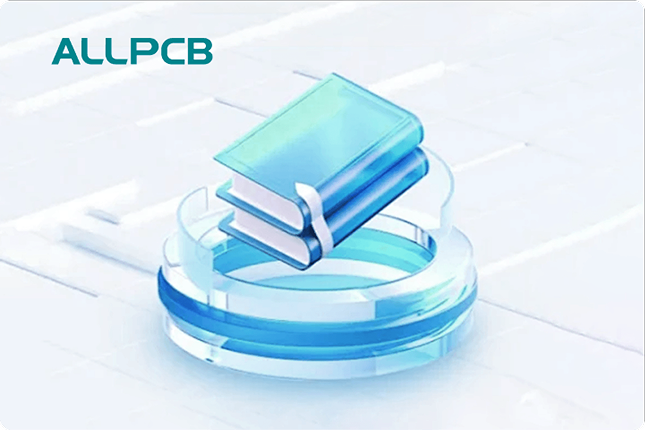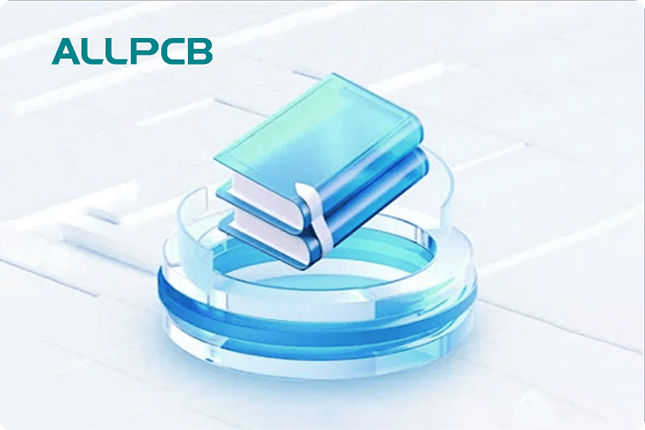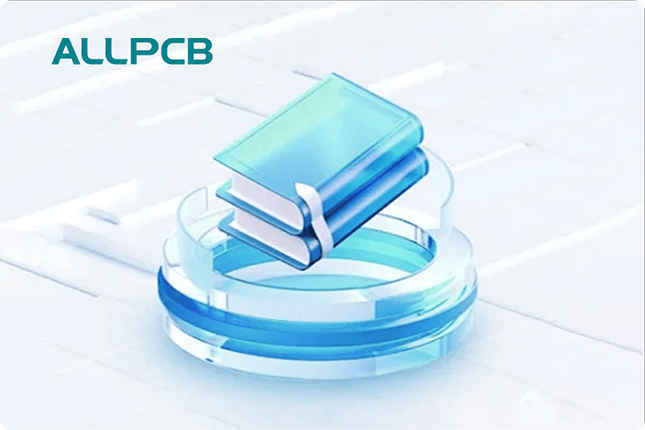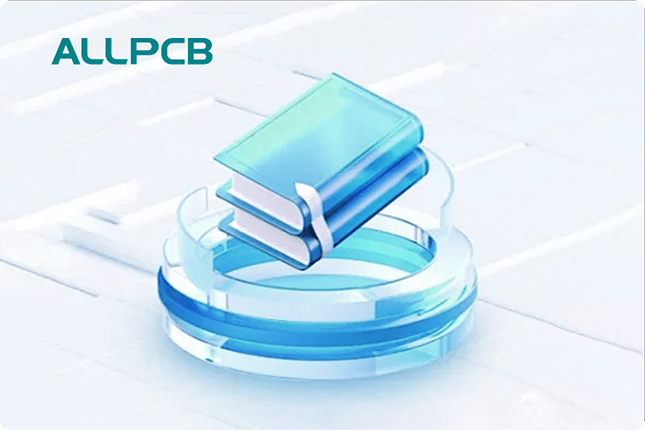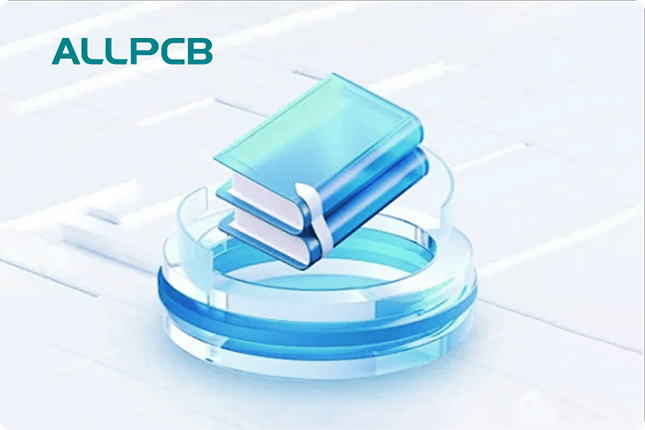In the world of electronics education, designing printed circuit boards (PCBs) is a critical skill for students and aspiring engineers. But how can students ensure their designs work as intended before manufacturing? The answer lies in simulation. Simulation plays a vital role in educational PCB design by allowing students to test and validate their projects virtually, saving time and resources. This guide explores the importance of PCB simulation software for education, the process of simulating signal integrity in educational PCBs, conducting thermal analysis of student PCB projects, validating PCB designs with simulation, and provides an educational PCB design software comparison to help choose the right tools.
Whether you're a student learning the basics or an educator guiding the next generation of engineers, this comprehensive guide will walk you through the benefits and practical applications of simulation in educational PCB design. Let’s dive into how simulation transforms learning and design processes.
Why Simulation Matters in Educational PCB Design
Simulation is a game-changer in electronics education. It allows students to experiment with circuit designs in a virtual environment before building physical prototypes. This not only reduces costs but also minimizes errors that could occur during real-world testing. By using simulation tools, students can identify potential issues like signal delays, overheating, or component failures early in the design process.
For example, a student designing a simple microcontroller board can use simulation to check if the signals between components are transmitted without interference. They can also ensure the board doesn’t overheat under typical operating conditions. These virtual tests provide hands-on learning without the risk of damaging expensive components. With simulation, educational PCB design becomes more accessible, efficient, and insightful.

Understanding PCB Simulation Software for Education
PCB simulation software for education is specifically designed to meet the needs of students and academic institutions. These tools often come with user-friendly interfaces, affordable pricing, or free versions, and provide essential features for learning. They allow students to model circuits, test electrical behavior, and analyze performance metrics without needing advanced hardware.
Key features of simulation software for educational use include:
- Circuit Modeling: Create and edit schematics to simulate how components interact.
- Signal Analysis: Test for issues like crosstalk or signal delays in high-speed designs.
- Thermal Testing: Evaluate heat dissipation to prevent component damage.
- Cost-Effective Learning: Many tools offer free or discounted licenses for students and educators.
Using such software, students can gain practical experience in a risk-free environment. For instance, simulating a basic LED circuit can help a beginner understand voltage drops across resistors, with numerical results like a 2V drop across a component clearly displayed in the software.
Simulating Signal Integrity in Educational PCBs
Simulating signal integrity in educational PCBs is a crucial step in ensuring that a design functions correctly, especially for high-speed circuits. Signal integrity refers to the quality of an electrical signal as it travels through a PCB. Poor signal integrity can lead to data loss, noise, or system failures—issues that students must learn to address.
In an educational setting, students might design a PCB for a simple communication device operating at 100 MHz. Through simulation, they can check for problems like signal reflection or crosstalk between adjacent traces. For example, a simulation might reveal that a trace impedance of 50 ohms causes a reflection, prompting the student to adjust the trace width or spacing to achieve better results.
Simulation tools help students visualize these concepts with graphs and waveforms. They can see how a signal degrades over a long trace and learn to apply solutions like termination resistors. This hands-on approach builds a deeper understanding of electronics principles while preparing students for real-world challenges.

Thermal Analysis of Student PCB Projects
Thermal analysis of student PCB projects is another essential aspect of simulation. Heat management is critical in electronics design because excessive temperatures can damage components or reduce a device’s lifespan. For students, learning to predict and mitigate thermal issues is a valuable skill.
Imagine a student designing a power supply board with components that dissipate significant heat, such as voltage regulators. A thermal simulation can show that a specific area of the board reaches 85°C under load, exceeding the safe operating temperature of nearby capacitors rated for 70°C. The student can then experiment with solutions like adding heat sinks or increasing copper thickness in the simulation before finalizing the design.
Thermal analysis tools often provide color-coded heat maps, making it easy for students to identify hot spots. These visual aids, combined with numerical data like temperature rise rates (e.g., 2°C per minute), offer a clear picture of potential risks. By incorporating thermal analysis into their projects, students learn to design safer and more reliable PCBs.

Validating PCB Designs with Simulation
Validating PCB designs with simulation ensures that a student’s project meets performance and reliability standards before moving to production. Simulation acts as a virtual testing ground where designs are subjected to various conditions to uncover weaknesses. This process is especially important in education, where trial and error is part of the learning journey.
For instance, a student designing a sensor board can simulate environmental factors like voltage fluctuations or temperature changes to see how the circuit responds. If the simulation shows that a 10% voltage spike causes a critical component to fail, the student can add protective elements like diodes or capacitors to address the issue. This iterative process of testing and refining builds problem-solving skills and confidence.
Validation through simulation also saves resources. Manufacturing a faulty PCB can cost time and money, which is often a concern for students or educational institutions with limited budgets. By catching errors early, simulation ensures that only well-tested designs move forward to the prototyping stage.
Educational PCB Design Software Comparison
Choosing the right tools is essential for effective learning, so let’s dive into an educational PCB design software comparison. Below, we’ll look at some popular categories of software suitable for students and educators, focusing on features, accessibility, and ease of use. While specific brand names won’t be mentioned, we’ll discuss general types of tools available in the market.
1. Free and Open-Source Tools
These tools are ideal for students on a budget. They often provide basic schematic capture, PCB layout, and simulation features for signal and thermal analysis. Many include community-driven tutorials and forums, which are great for beginners. However, they might lack advanced features like 3D visualization or real-time collaboration.
2. Academic Licensing Software
Some professional-grade tools offer discounted or free licenses for educational purposes. These often include comprehensive simulation capabilities, such as signal integrity checks and thermal modeling. They are excellent for advanced students working on complex projects but may have a steeper learning curve due to their extensive feature sets.
3. Cloud-Based Design Platforms
Cloud-based tools are increasingly popular in education due to their accessibility. Students can work on designs from any device with an internet connection, and many of these platforms integrate simulation features directly into the design workflow. They are user-friendly but may require a subscription for full access to simulation modules.
When choosing software, students and educators should consider factors like ease of use, available learning resources, and specific simulation needs. For a beginner, a free tool with basic simulation might suffice, while a final-year engineering student might benefit from a professional tool with detailed analysis options.
Benefits of Simulation in Learning Electronics
Beyond the technical aspects, simulation offers broader benefits in an educational context. It bridges the gap between theory and practice by letting students see the real-world implications of their designs. For example, a textbook might explain signal propagation delay as a concept, but a simulation showing a 5-nanosecond delay in a high-speed circuit makes the idea tangible.
Simulation also encourages experimentation. Students can tweak variables—like changing a trace length from 10mm to 20mm—and instantly see how it affects performance. This fosters curiosity and critical thinking, key traits for any engineer. Additionally, simulation prepares students for industry standards, as many professional workflows rely heavily on virtual testing before production.
Challenges and Tips for Using Simulation in Education
While simulation is incredibly useful, it does come with challenges, especially for beginners. One common issue is the learning curve associated with complex software. Students might feel overwhelmed by the number of features or struggle to interpret simulation results, like understanding why a signal waveform shows unexpected noise.
To overcome these challenges, start with simple projects and gradually move to more complex designs. Focus on mastering one type of simulation, such as signal integrity, before tackling others like thermal analysis. Many tools also offer built-in tutorials or sample projects that can guide students through the process step by step.
Educators can help by integrating simulation into the curriculum with clear objectives. For instance, a lab assignment could involve designing a basic amplifier circuit and using simulation to check for gain and distortion. Providing access to resources like online guides or peer discussion groups can also support students in navigating simulation tools effectively.
How Simulation Prepares Students for Industry
In the professional world, simulation is a cornerstone of PCB design. Companies use it to reduce development time, cut costs, and ensure product reliability. By mastering simulation during their education, students gain a competitive edge. They enter the workforce with practical skills, ready to tackle real-world problems like designing high-speed data transmission boards or power-efficient devices.
For example, an engineering graduate who has simulated a multi-layer PCB for signal integrity will be better equipped to handle similar tasks in a job setting. They’ll understand concepts like impedance matching (e.g., achieving a 50-ohm impedance for optimal signal transfer) and know how to use simulation to validate their designs. This experience not only boosts employability but also builds confidence in their abilities.
Conclusion: Empowering the Next Generation of Engineers
Simulation is an indispensable tool in educational electronics PCB design. From PCB simulation software for education to advanced techniques like simulating signal integrity in educational PCBs and conducting thermal analysis of student PCB projects, it offers students a safe and cost-effective way to learn and innovate. By validating PCB designs with simulation, students can refine their projects and build reliable circuits, while an educational PCB design software comparison helps them choose the best tools for their needs.
 ALLPCB
ALLPCB



